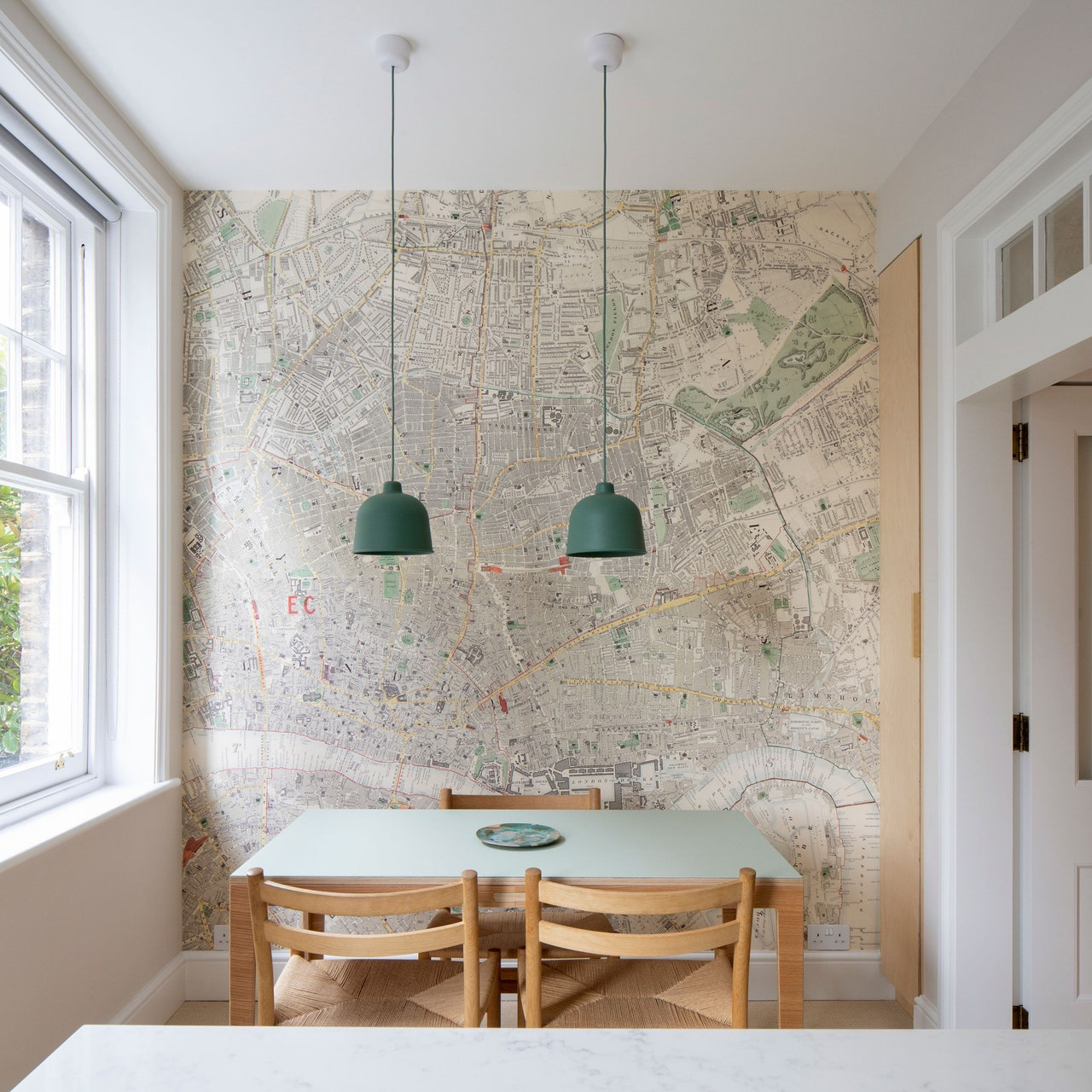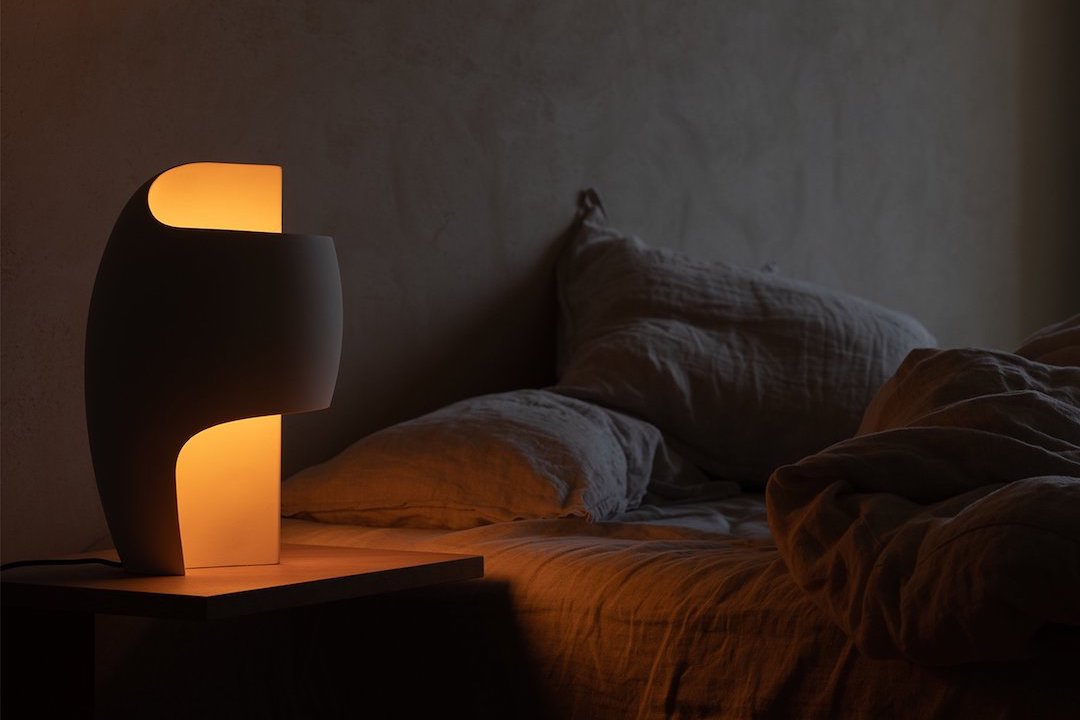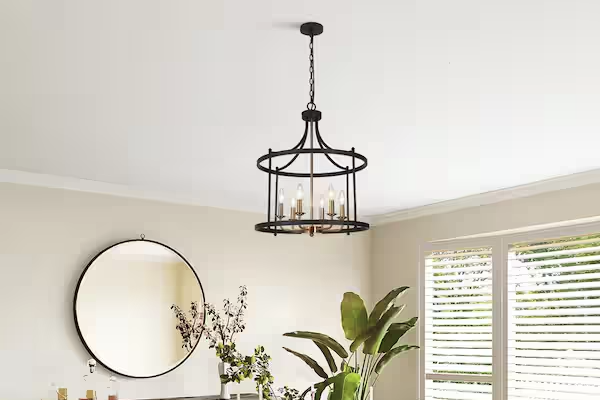Introduction
Arne Jacobsen was a Danish architect and designer who was influential in the modernist movement of the mid-twentieth century. His aesthetic, which was marked by clean lines and minimalist sensibilities, was applied across a variety of projects, from furniture design to architecture. Jacobsen is an important figure in the history of modern design, and his influence can still be found in many contemporary products today.
Early Life and Education
Jacobsen was born in Copenhagen in 1902. He studied architecture at the Royal Danish Academy of Fine Arts, which was an important center for modernist design at the time. After completing his studies, Jacobsen worked for several years under architects such as Poul Henningsen and Kay Fisker, both of whom were influential figures in the modernist movement. It was during this time that Jacobsen began to develop his own style, which would become synonymous with Danish modernism.
Design Career
Jacobsen’s first major commission was the Bellavista housing development in Copenhagen in the mid-1930s. The project was a success and served as a launching pad for Jacobsen’s career. In the years that followed, he designed a number of public buildings, including the SAS Royal Hotel and the St. Catherine’s College at Oxford University. Jacobsen was also a prolific furniture designer, and his iconic pieces, such as the Egg and Swan chairs, are still produced today.
One of Jacobsen’s defining characteristics was his attention to detail. He was involved in every aspect of his designs, from the overall concept to the smallest detail. This is perhaps best exemplified by his work on the SAS Royal Hotel in Copenhagen, which he designed from top to bottom, including the furniture, textiles, and even the cutlery used in the restaurant.
Influence and Legacy
Jacobsen’s influence can still be felt in contemporary design today. His emphasis on simplicity and functionality has been embraced by designers across the globe. Jacobsen also had a lasting impact on the architecture of his native Denmark, with many of his buildings still standing and serving as examples of modernist design.
Perhaps Jacobsen’s most enduring legacy lies in his furniture design. His chairs, tables, and other pieces continue to be produced today, and are sought after by collectors and design enthusiasts alike. Their timeless aesthetic and durability have made them enduring classics of modern design.




